“Everybody should know about what you learned in the garden.” – Ron Finley
A shift in our society has to come, and I believe it’s possible to create a blueprint by seeing how others are building their own self sufficient green spaces. Each of these images in this photo series were selected to showcase how food is successfully provided directly from and to each community member. It is my goal to continue to expand this series and cover best farming/gardening methods nationally and internationally.
I chose this collection of images because I truly believe in the power of representation. Being able to see and feel these environments for myself, allowed me to really embrace my role in a self-sufficient ecosystem. The land became a top priority when exchanging my labor and free-time for fresh produce from community gardens and urban farms in Chicago. My love for agriculture was sparked during the most uncertain of times and it was there that I received the answers.
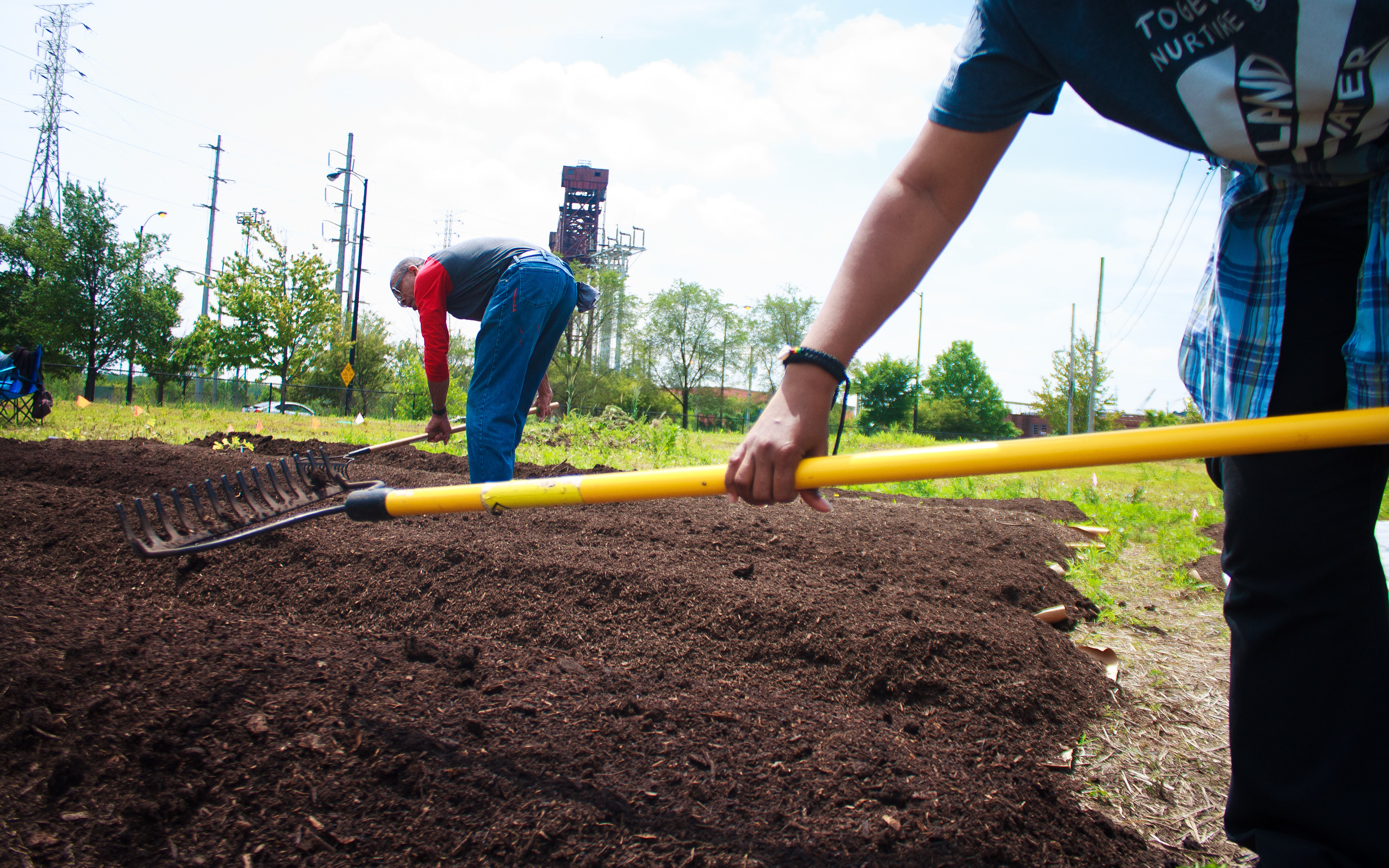
Safia and a volunteer level the new layer of compost for the next growing season. Chicago, IL ‘19
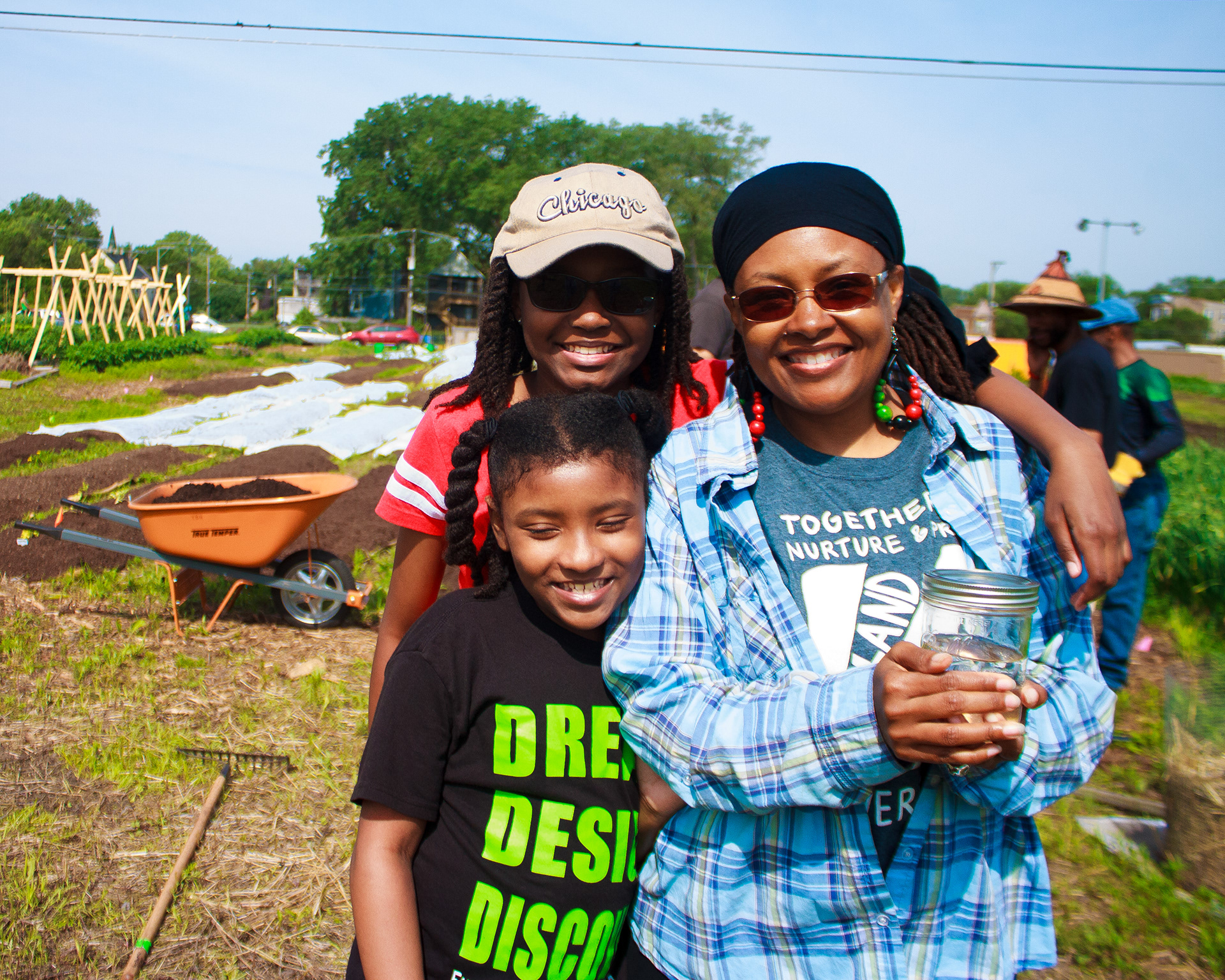
Safia (owner of Your Bountiful Harvest Family Farm) and her daughters pose with the libation for the land ceremony. Chicago, IL ‘19
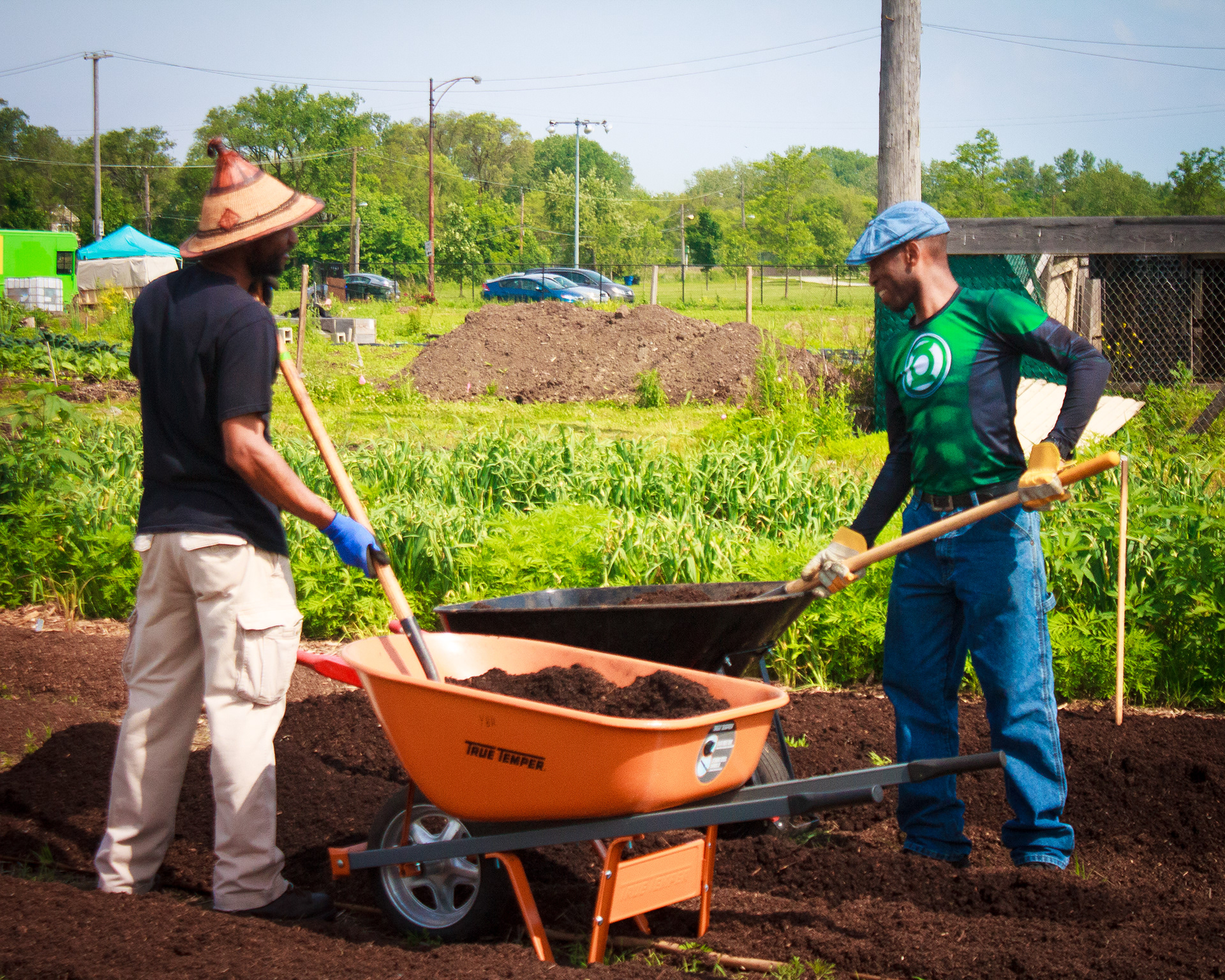
Kamau (husband of Safia) and Fa'sola share a laugh on compost duty during a volunteer day. Chicago, IL ‘19
At Your Bountiful Harvest, in Englewood, Safia and her husband value the importance of representing produce from the African American and Southern tradition as well as the African diaspora. Produce like callaloo, blue-green collards and purple collards are grown with love on this land. They call on the community for volunteer days and planting rituals like planting corn seed to reconnect to our culture.
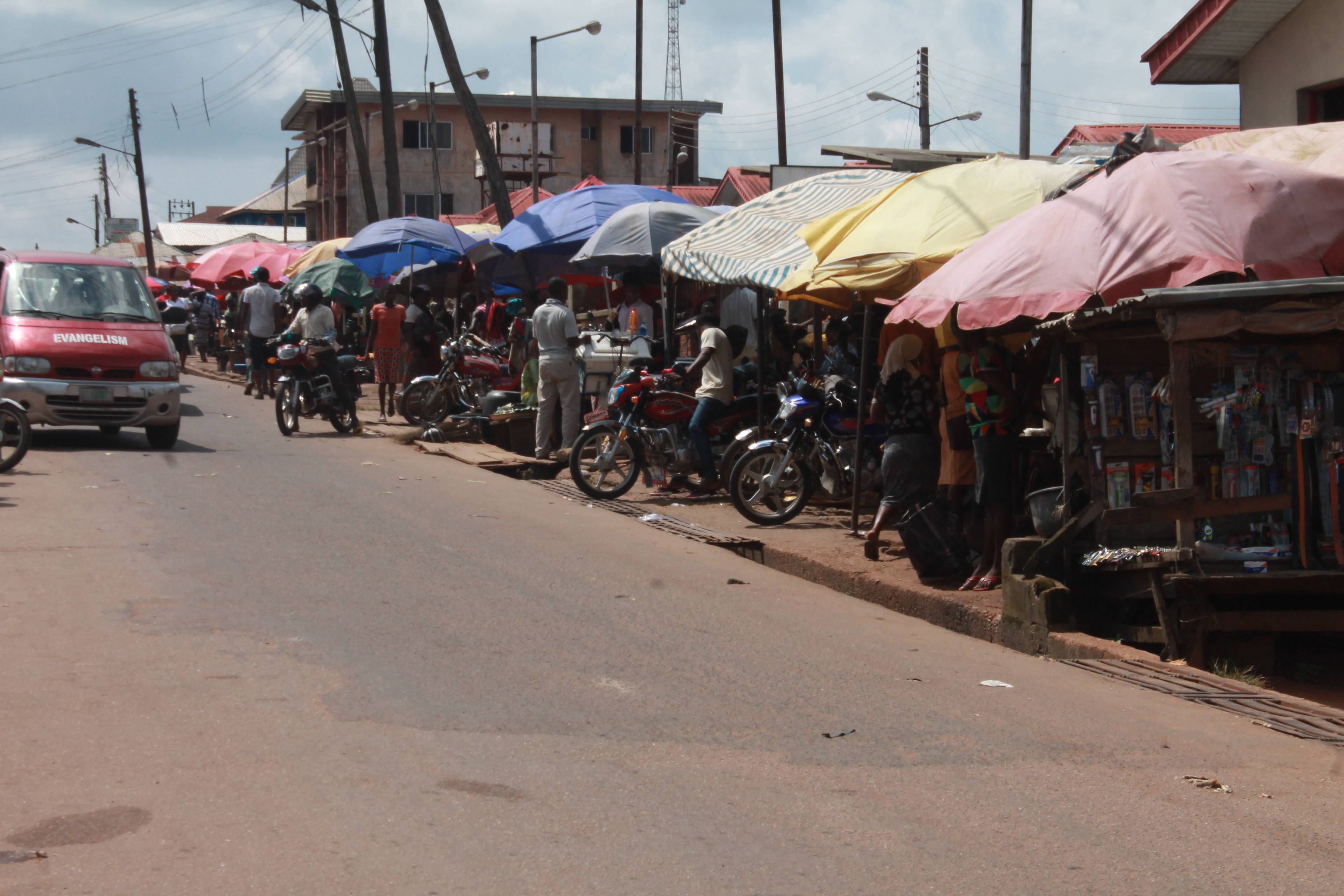
Business center of Oba Ile, Ondo, where the town comes to make majority of their purchases. Oba Ile, Ondo, Nigeria ’17
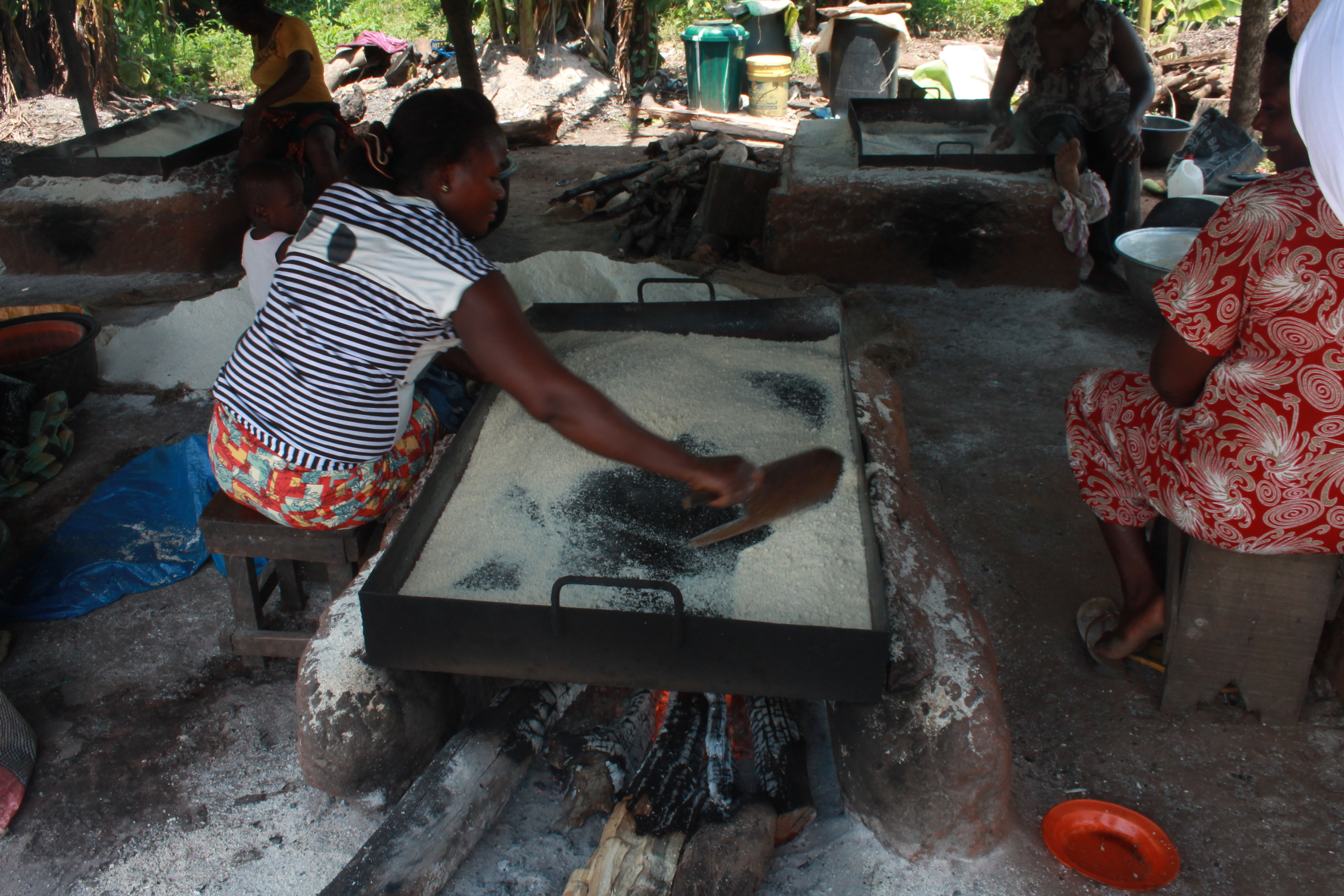
Women are seen here processing Maize, a major staple in the diet of the community. Oba Ile, Ondo, Nigeria ’17
In Oba Ile, Ondo, Nigeria, buses and cars took you to the center of the street sales in town. Blocks and Blocks worth of goods, products and professional services like hair braiding and fabric sales, dazzled these markets. On the outskirts, you saw woman preparing grains in community and entrepreneurs bagging up the most flavorful selection of yams and goat meat you’ve ever tasted. No matter where you were, the community was bustling and anything you needed was available.
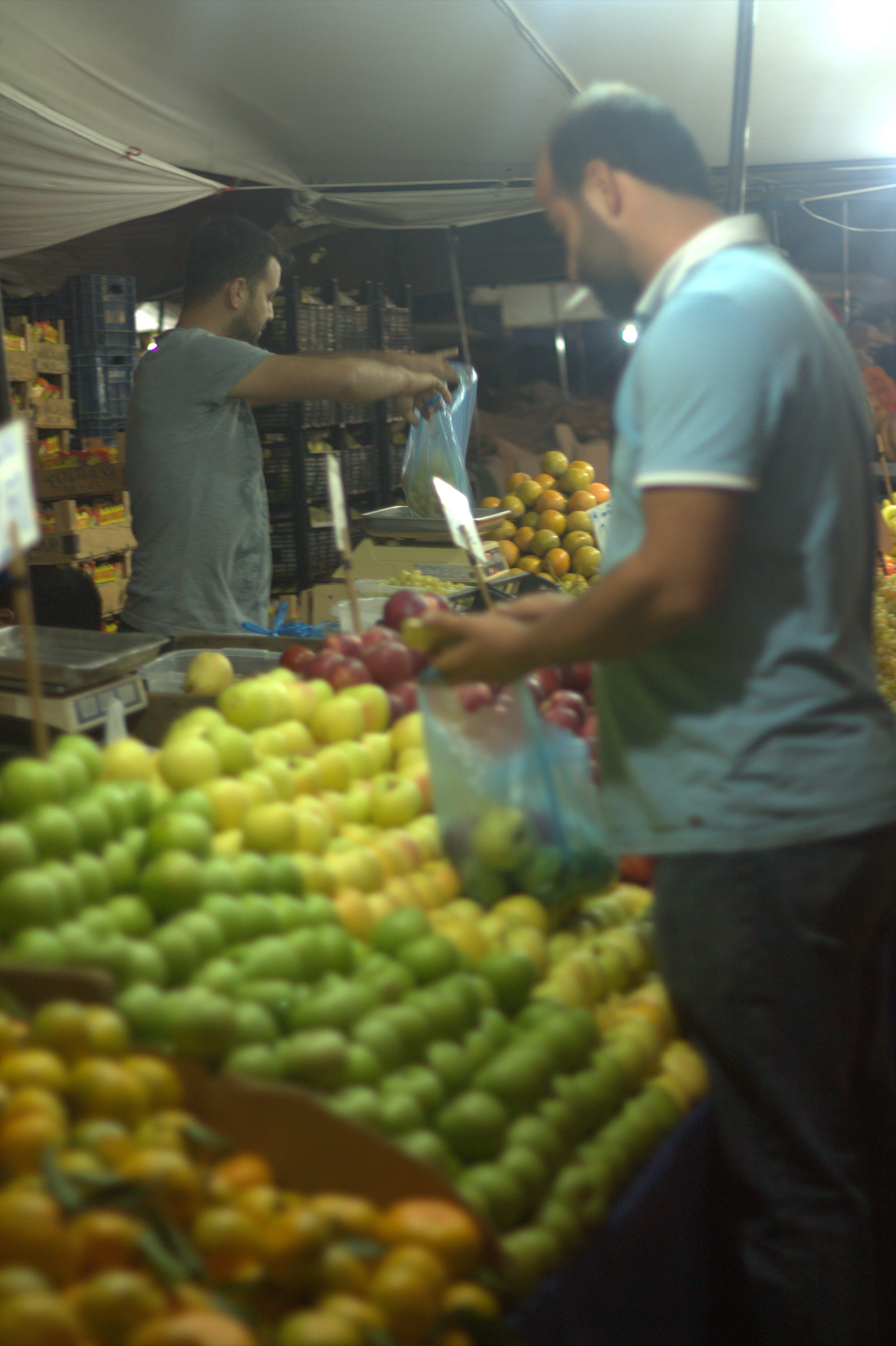
Market vendor bags and weighs a selection of fruit for a customer
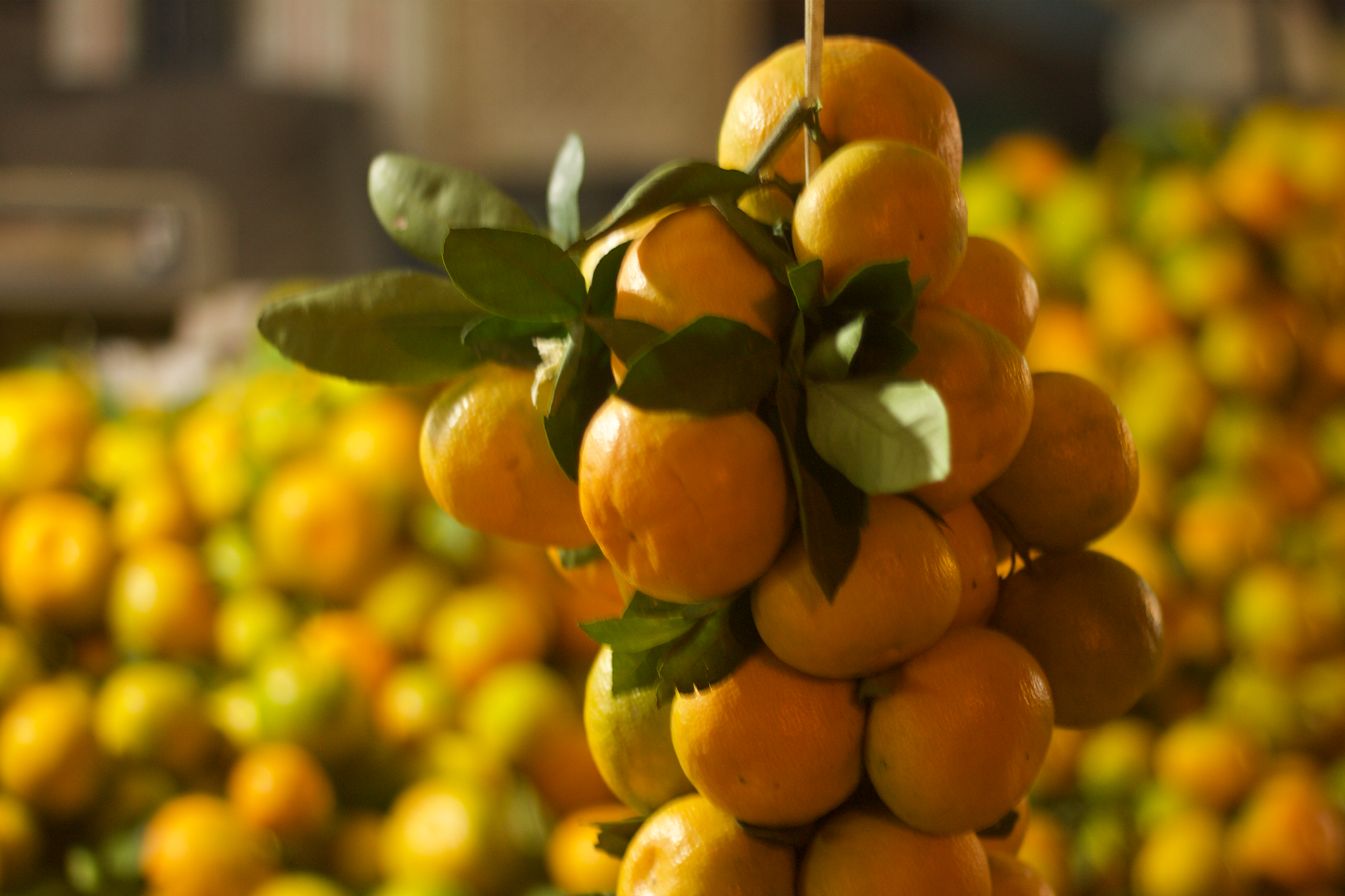
Freshly picked oranges on display at the farmers market
Adana, Turkey, sold vegetables and fruits in the Bazaar. A “bazaar” or “souk”, is a permanently enclosed marketplace or street where goods and services are exchanged or sold.
In America, corn farms thrive and make up over 90 percent of our farm land. We have products imported to grocery stores and food desserts that plaque our hoods. Thousands of miles separate us from our diet and consequently add onto the downfall of our climate and health.
Green spaces should be at the center of every community. They represent a healthier ecosystem, a community system and safety system of people who know each other. Community gardens create a deeper sense of belong to your neighborhood, it increases food security and justice and creates a more sustainable way of feeding local families. Gardens lower crime rates and give each community member a sense of structural inclusion.
Historically, Gardens were created by the enslaved to steal back their time and labor. These gardens provided my ancestors with the necessary food supply and nutrients they needed when their white enslavers used capacity of labor as the measurement of how much they were fed. Slaves foraged native wild edibles, hunted, fished and grew their own gardens. These gardens provided food and beauty, as well as spiritual and physical refuge.
Our connection to the land is at the center of our liberation. In a little referenced speech, Martin Luther King Jr mentioned how a broken relationship to the land fostered poverty among African Americans. This disconnect is the root of our destruction and the key to our liberation.